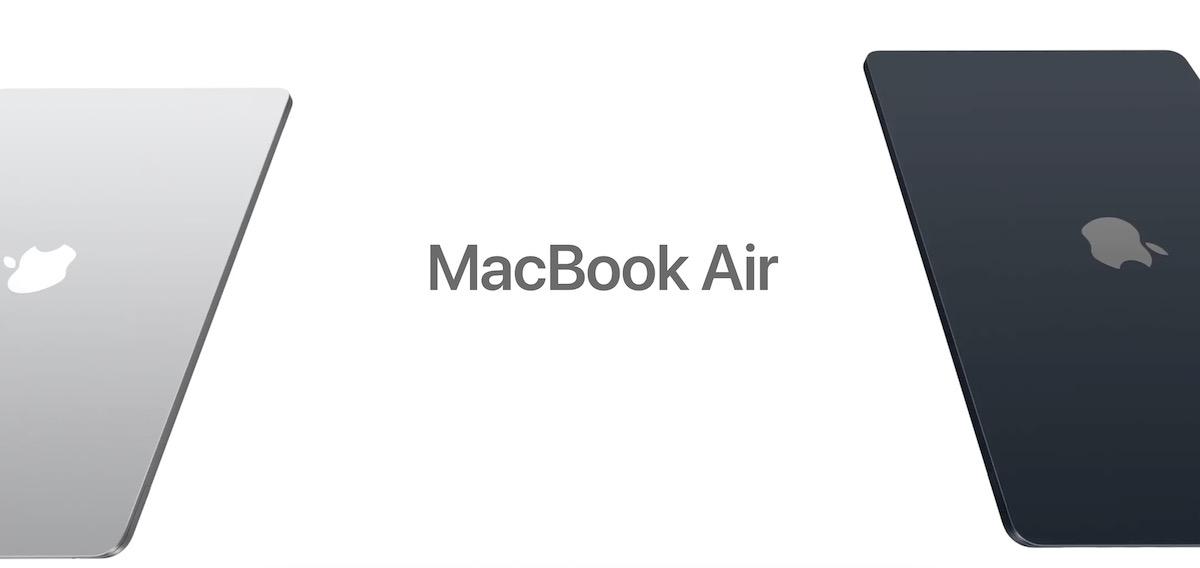Introduction
As Apple unveils the iPhone 16 and iPhone 16 Pro, the tech world buzzes with anticipation. These latest additions to the iPhone family promise cutting-edge technology, groundbreaking features, and, most intriguingly, a pricing strategy that warrants a closer look. In this comprehensive analysis, we dive deep into the price tags of these flagship devices across the USA, Canada, Europe. The other global markets, shedding light on Apple’s nuanced approach to pricing. Don’t forget read iPhone 16 Price in USA, Canada and Worldwide. We know that Apple like Tesla has different price strategies. Ok. let’s go.
The US Market: Setting the Stage
The launch of the iPhone 16 series in the United States sets a precedent for Apple’s pricing strategy. Historically, the US market has been the benchmark for Apple’s global pricing model. Often offering the base model at a premium that reflects its status as a luxury brand. iPhone 16 and iPhone 16 Pro are no exceptions, with their prices potentially starting at a point that aligns with this premium positioning.
Key Factors Influencing US Pricing
- Manufacturing Costs: Apple’s investment in advanced technology and materials.
- Market Positioning: The brand’s luxury status and its appeal to a high-end consumer base.
- Competitive Landscape: How Apple positions itself against other flagship smartphones in the market.
Canadian Pricing: A Currency Conversion Conundrum
Moving north to Canada, the pricing strategy for the iPhone 16 series adjusts for currency valuation and local taxes. Canadian consumers face higher price tags, which reflect the direct conversion rates and additional costs associated with bringing devices to market.
Understanding the Price Difference
- Exchange Rates: The impact of the USD to CAD conversion on pricing.
- Import Duties and Taxes: Additional costs that affect the final retail price.
Europe’s Approach: VAT and Market Variability
In Europe, the pricing strategy for the iPhone 16 and iPhone 16 Pro becomes even more complex, thanks to the Value Added Tax (VAT) and market-specific pricing strategies. Each European country has its own VAT rate, which significantly influences the final price consumers pay.
The Role of VAT and Market Dynamics
- VAT Rates: How varying VAT rates across Europe affect iPhone pricing.
- Market-specific Strategies: Adjustments made by Apple to cater to different European markets’ economic conditions and consumer purchasing power.
Worldwide Pricing Strategy: A Global Tapestry
Globally, the pricing of the iPhone 16 series paints a diverse picture, influenced by factors such as local taxes, import duties, currency strength, and market demand. Apple’s strategy involves balancing these elements to maximize market penetration while maintaining its brand positioning.
Strategic Considerations
- Emerging Markets: Pricing strategies tailored to increase adoption in price-sensitive markets.
- Currency Fluctuations: Adjustments to mitigate the impact of currency volatility on pricing.
- Global Trends: Apple’s response to worldwide economic conditions and competitive pressures.
Conclusion: The Art and Science of Pricing
Apple’s pricing strategy for the iPhone 16 and iPhone 16 Pro is a masterclass in balancing market demands, competitive positioning, and global economic factors.
By carefully adjusting the price points across different regions, Apple not only caters to its diverse consumer base but also reinforces its status as a premium brand in the tech world. As we look towards the future, it’s clear that Apple’s approach to pricing will continue to evolve, reflecting changes in the global economy, technology advancements, and consumer expectations.
FAQs
How does Apple determine its international pricing strategy?
Apple considers a variety of factors, including manufacturing costs, local taxes and duties, currency exchange rates, and market-specific economic conditions, to set its international prices.
Why are iPhone prices higher in Europe and Canada compared to the USA?
Higher prices in these regions can be attributed to factors such as VAT or GST, import duties, and the direct impact of currency exchange rates.
Can we expect price drops for the iPhone 16 series in the near future?
Price adjustments may occur based on market demand, new product introductions, and other economic factors. However, Apple typically maintains its pricing structure until the introduction of new models.



